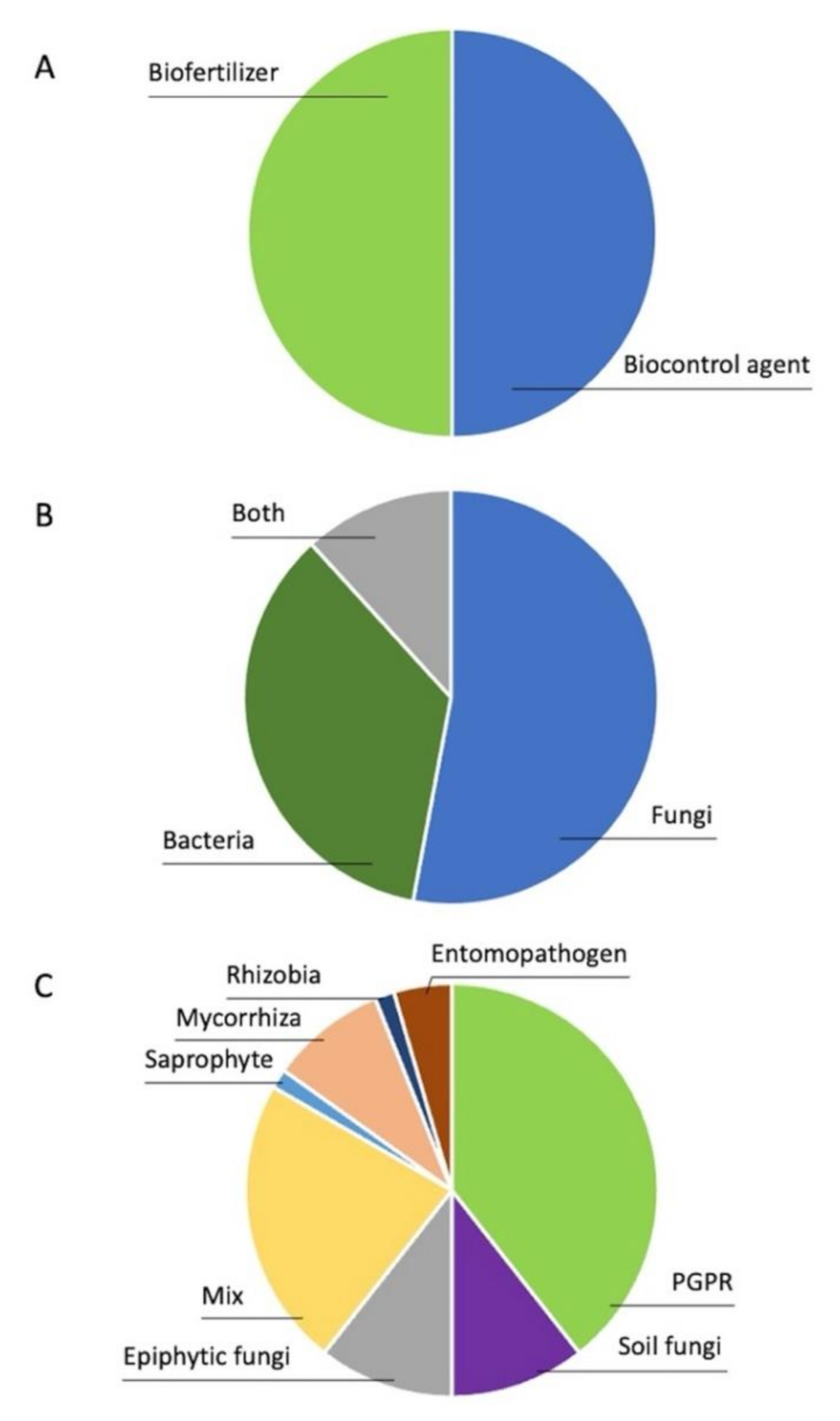
Cornell Atkinson has supported more than 20 postdoctoral fellows in translating research into real-world results, from biological control agents for. The biological control agents are specific to harmful organisms and do not kill useful organisms present in the soil. They help in controlling the infestation of plant pests such as weeds, nematodes, insects, and mites. The biocontrol agents protect plants from their natural enemies like parasites, from predation, etc.
Grower, Small Business and Biopesticide Champions Introduction to Approval and Authorisation However, approximately 20 to 30 of the agricultural production is affected by pests and diseases, with fungi, bacteria, nematodes, viruses and insects being. By performing a histone acetyltransferases mutant screen, ChIP assays, and transcriptomic experiments, we were able to show that histone acetylation significantly. The biocontrol agent Paenibacillus alvei K165 was previously shown to protect Arabidopsis thaliana plants against Verticillium dahliae.Here we show that K165 also confers inherited immune resistance to V.
Requirements For Extensions of Authorisation Requirements For Changes To Existing Products How Do I Make Changes To An Authorisation? What Happens Once My Application Is Completed What Should I Include In An Application?
Technical Specifications And Formulation Details Addressing risk to operators/bystanders Data for environmental exposure, ecotoxicology and efficacy How do I generate data on residues/consumer exposure?

Information required to support the need for EAMUs Explanatory Notes in Advisory Information Overview - Plant protection products: extension of authorisation for minor use Authorisation under Article 40 of Regulation 1107/2009 (NI) Overview - Zonal Authorisation and Mutual Recognition Zonal Authorisation and Mutual Recognition

Submitting Additional Information Mid-Evaluation Classification and labelling requirements after June 2011 Garden Pesticides: Guidance on Pack Size Limits Introduction to Classification and Labelling Overview - Labelling and packaging overview Tank-mix recommendations on product labels
Active Substances Subject to the Poisons Law Addition of undersown crops to product labels Consideration of study protocols by HSE Implications of active substance renewal for ongoing applications Withdrawal of Authorisations and Permits
Pesticides Register Database: User Guide Word Viewer Software and Verification of Digital Signatures Overview - Monitoring the impact of plant protection products Monitoring the Impact of Plant Protection Products Human Health Enquiry and Incident Survey Amendment, Expiry, Suspension and Revocation of Approvals
However, it is considered to be an OECD 'working document' and is therefore intended to be used only as guidance in the safety assessment of micro-organisms and microbial plant protection products. 0 (September 2012).As explained in the introduction of the document, the guidance was written for Member States and industry risk assessors and scientists involved in the authorisation and approval of microbial plant protection products and their active agents.


 0 kommentar(er)
0 kommentar(er)
